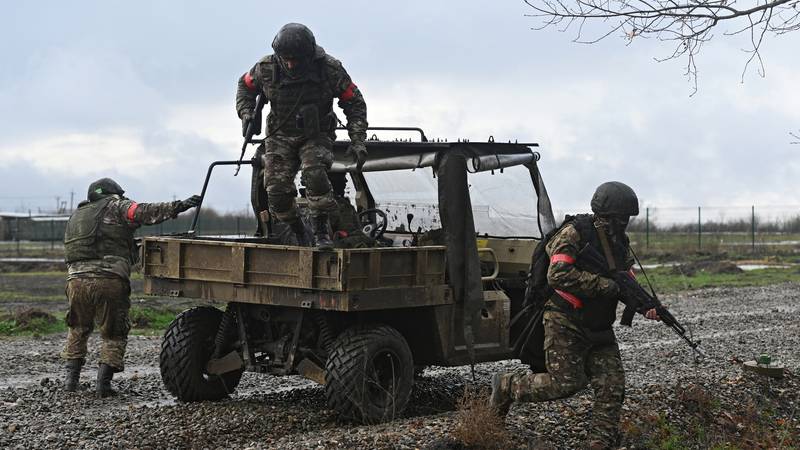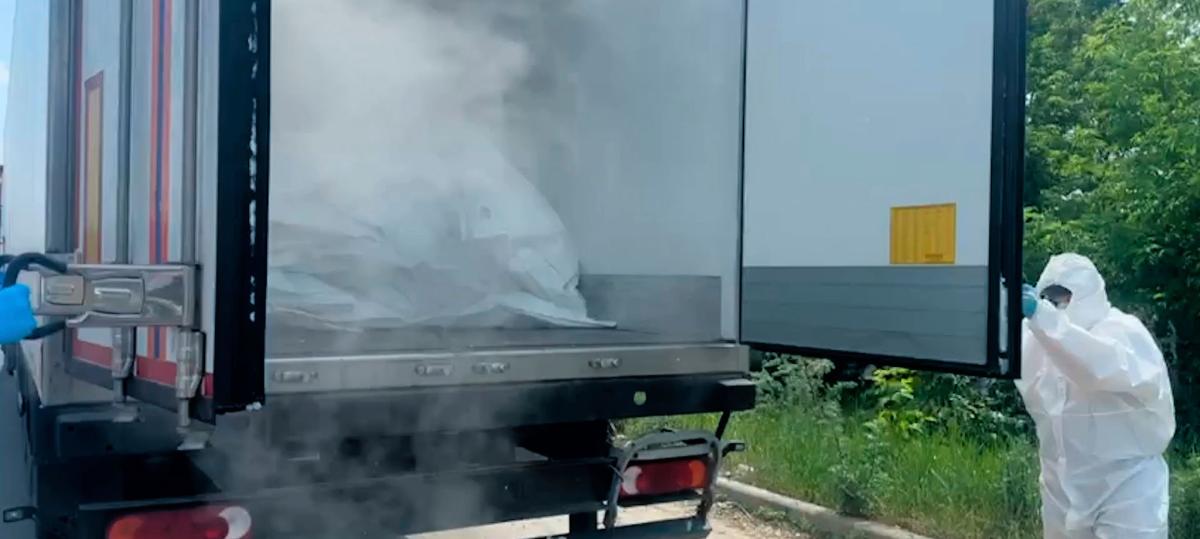Discover the secret and picturesque points of southern Albania

The beaches in the Albanian Riviera are becoming more and more populated, but if you go inside the country, you will discover quiet villages, wild rivers and unusual adventures, writes Laura Sanders in an article published in the British daily The Times.
Almost 12 million people visited Albania last year, many of whom headed towards Riviera with the promise of an affordable rest on the beach.
« Undiscovered Balkans », a small British travel company specializing in unusual adventures, recommends tours in small groups – to discover some of the less popular treasures of southern Albania.
Laura Sanders – along with « Undiscovered Balkans », participated in a seven -day tour in southern Albania (1,195 pounds per person).
I joined the tour in May and spent a week exploring coastal cities-before diving inside the country-where I visited the UNESCO World Heritage Sites, swam in hidden waterfalls, stayed with farmers in the mountains and sailed with rafting at one of Europe’s last wild rivers.
We finished the journey to the pebble beaches without the crowd of visitors, 200 meters above sea level, in a village on the shores of Lake Ohrid.
I arrived in Qeparo, one of the quietest coastal villages in the Vlora region, after a three-hour car from Tirana.
I woke up overlooking the old Qeparo, the agricultural village on the slope of the hill, descending from the mountain to meet the new Qeparo on the coast, where beach bars and boat rental centers were preparing for the season.
Our host was Mirela Kokedhima – who directed the guesthouse on her farm at the top of the hill, somewhere between two Qeparoves.
It served our eggs, goat cheese, yogurt, salad, home -made chocolate cakes, sausages and Turkish coffee.
At the beginning of the season, the sea was very troubled to sail with kayak, so we spent the first day walking along the coast.
Our group of eight British, aged 30-50, walked along limestone rocks with epic views of traditional villages and crystalline waters.
The scent of wild flowers was felt everywhere and the birds tweet from nearby branches.
Nine miles later we went down to the Borsh beach and dipped tired our feet in the fresh Ionian water, enjoying a beer in hand.
The next day we joined our guide, Alfi Pepaj, for a picturesque adventure to Gjirokastra, a city of the Ottoman era included in the UNESCO World Heritage List.
The look was all fantastic, peaks covered with green and wide meadows – without anyone around for miles.
On the way, we stopped in a waterfall. An hour later we arrived in Gjirokastra and were immediately fascinated.
We were accommodated in an Ottoman -style hotel. Nowadays, most will recognize Gjirokastra for its old traditional city and bazaar, which resembles the Most of Bosnia and Herzegovina or Kruja of Northern Albania.
But the city was also the birthplace of Enver Hoxha, the communist dictator who ruled Albania for 40 years – until his death in 1985.
XIII century castle, wonderfully preserved, of Gjirokastra offers broad views of the region and its cold stone walls – offer rest from summer heat.
The city is very popular among tourists, but prices were reasonable.
The next morning we headed back to the mountains – in another tour where we were waiting for a spectacular karst landscape.
We traveled along the staggering trails to the village of Hoshteva in Zagoria, the neighboring region.
We made some photos for photos – and then landed the hill towards a 12th -century village church, which houses some of Albania’s most preserved frescoes and icons – which have survived some wars, the Ottoman Empire and the dictatorship of Hoxha.
We returned to the guest house – Kristina and Ladi Telos – for another break.
We ate on their porch, which was decorated with flowers, citrus trees and swallowing nests, no sound was heard on the horizon for miles.
Kristina had turned her home into a guest house 12 years ago.
Our next stay was in a 120-year-old village house restored overlooking the Vjosa Valley, where Vjosa, one of the last wild rivers of Europe, flows.
To get there, we traveled by car on a rocky path, just a few inches away from a steep slope at some points, but it was worth the beat.
Kristaq CulluFe’s family house – has now become a Category of Category Cultural Monuments.
After the fall of communism in 1991, Cullufa’s family returned from the nearby city of Permet and began restoring the peasant house.
In the first floor bedroom there was – a wooden crate that Albanian brides filled with things to take with them to their wedding home.
The next day, we traveled to Lake Ohrid, our last stop. But not before we had fun in Vjosa, making rafting in the crystalline waters and swimming in nature.
Lying on the border with Northern Macedonia, Ohrid protected by UNESCO is one of Europe’s oldest lakes.
We stayed in the quiet village of Lin, which is a tourist destination.
Our last day was active, walking and cruising kayak on pebble isolated beaches in the morning and in the afternoon traversing the lake area belonging to Albania.
The pleasant 12 -mile journey took us to the planted lands and vegetable -covered bunkers.
We stopped in the city of Pogradec, which has a true British coastal feeling: the kids laughed playing, the aroma of caramel and pancakes spread in the air and the elderly drank cigarettes while playing chess on the promenade.
Pogradec is a tourist city that has found the right balance in tourism – alive, but overflowing with visitors.
If you are looking to experience authentic holidays – with outdoor adventures and cultural heritage – Albania is the ideal place. // he/
https://www.thetimes.com/travel/deurope-travel/albania/southern-albania-adventure-c8wpcjlmx





